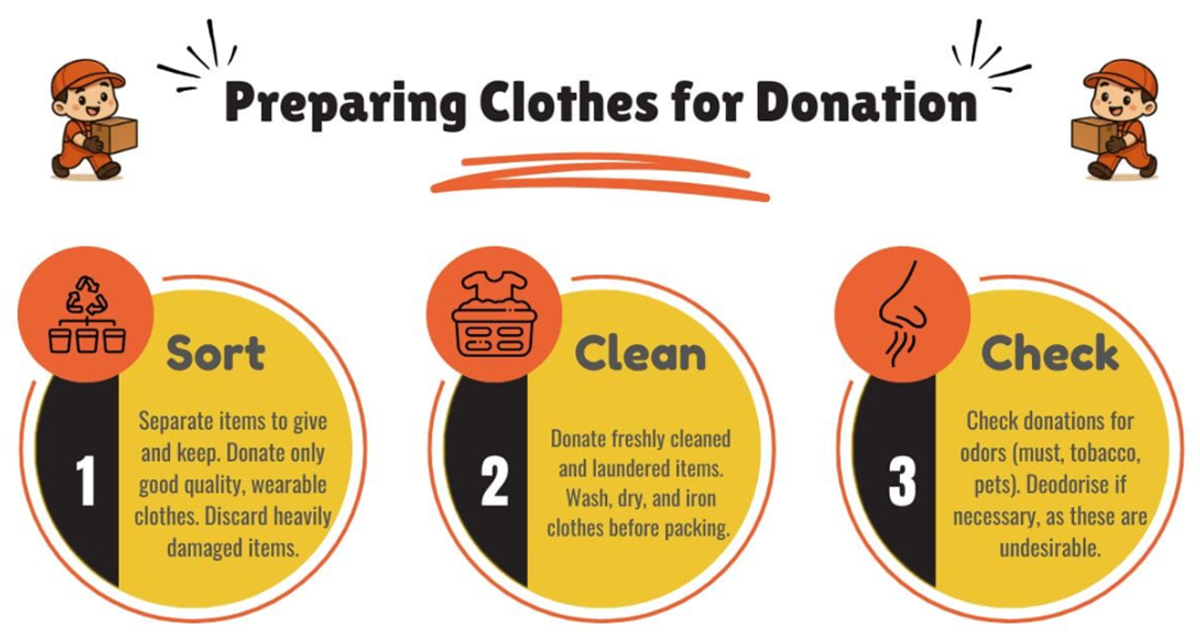Sustainability
Tania Lim

Sustainability
Tania Lim
We’re very excited to say that we’ve received quite a few questions from different people in relation to what we’ve been doing at the Sus Club – that’s absolutely fantastic because it means that we have sparked curiosity; one of the most powerful forces in motivating change and innovation! In response, this edition of the Sus Club Report will therefore comprise our most common FAQs of late.
What was all that Bunnings Sausage Sizzle and gold coin donation about?
We were fundraising for the Sustainability Club.
What’s the Sustainability Club going to do with all that money?
We are using that money to fund The Carbon Sink Project. Every dollar raised has gone directly towards the purchase of plants for the carbon sink. We have been so excited about this initiative, that we wasted no time in going out and picking up some of the natives that we will be planting.
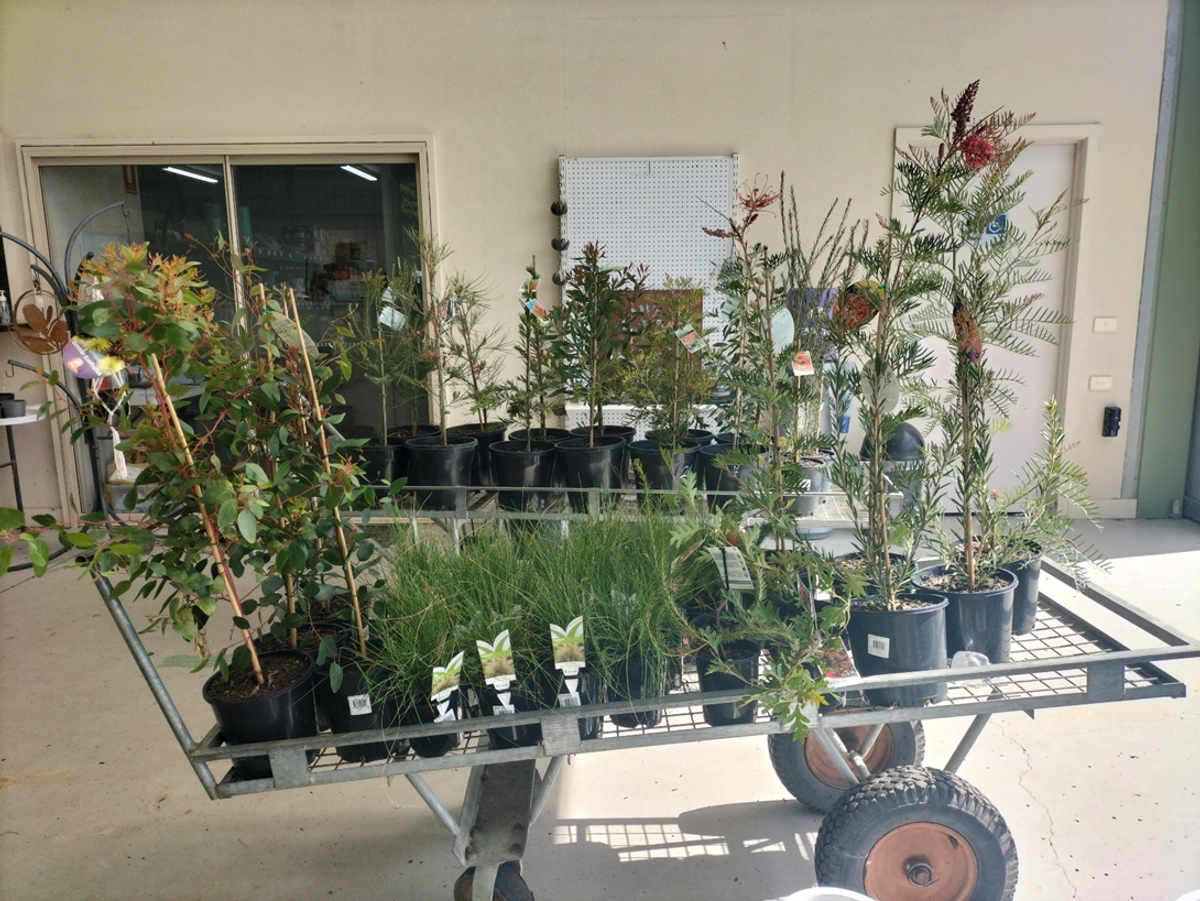

What is the Carbon Sink Project?
It is the initiative to plant a lot of trees at the school.
So why is it called a Carbon Sink?
A sink, like the one in your kitchen, collects and holds water. A carbon sink does the same thing with carbon. A carbon sink is any system that absorbs, collects and holds more carbon dioxide from the atmosphere than it releases. The ocean is a massive carbon sink. It soaks up more carbon that it gives out. Forests, soils and wetlands are also natural carbon sinks. Big industrial cities and bushfires, on the other hand, are the opposite of sinks, because they give out more carbon dioxide than they take in, so they’re called ‘carbon sources’.
How does a carbon sink work?
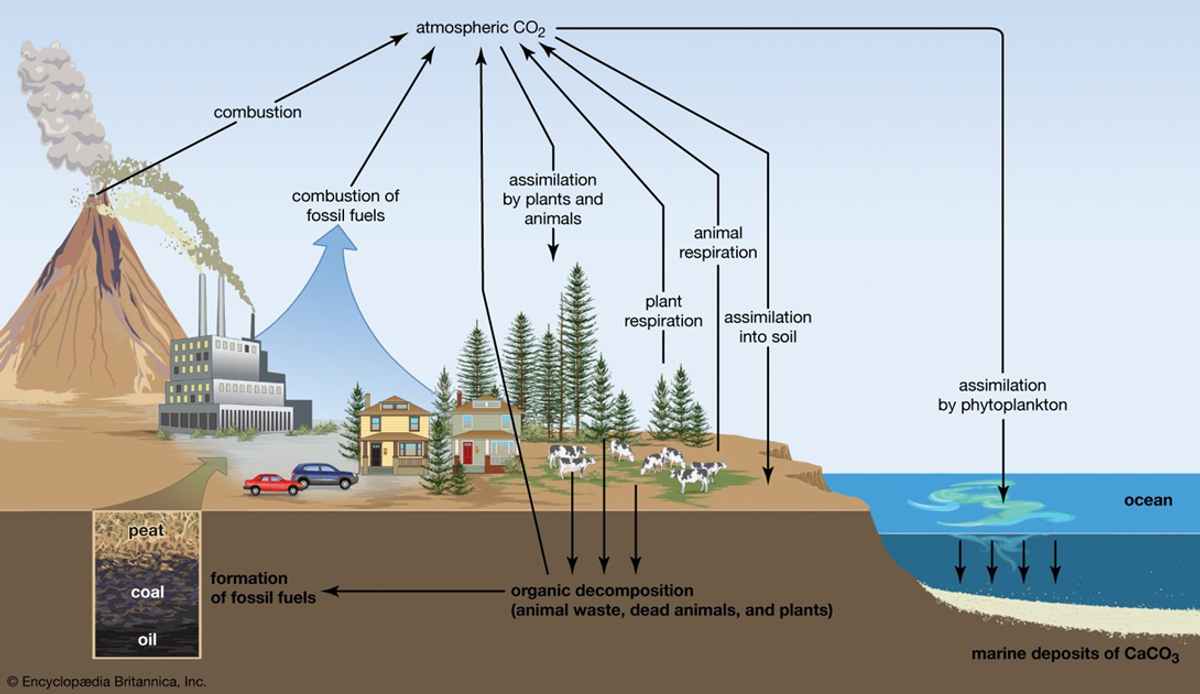

The image above from Encyclopedia Britannica shows the carbon cycle. Notice that there are a lot of arrows pointing up to the atmosphere. These are the sources of carbon dioxide. The arrows pointing down are the sinks. Currently, the arrows pointing up in our world, the carbon sources, are much greater than those up than down, the sinks. The carbon cycle is not balanced and carbon dioxide is building up in the atmosphere. This leads to enhanced global warming and enhanced climate change. By building artificial or complementary sinks, we can try to compensate for this imbalance.
Why build one at our school?
If we plant a lot of trees and other plants at the school, it is hoped that we will not only offset the carbon dioxide we produce at the school, but that we will eventually have enough plants at the school to absorb and contain more carbon than what we produce. This benefits not only our school, but our local community as well.
How are you building this sink?
We’ve already started work on the sink! Students from across Years 7 to 10 have been busy digging holes through, and spreading mulch all over, the solid clay ground of our sink in preparation for the planting. They will be planting a mixture of trees, shrubs, grasses and groundcovers. This is not easy work in the slightest and the students should be congratulated on the way that they have approached this initiative and demonstrated our College Values of Excellence, Respect and Responsibility with congenial competitiveness and gusto. We want to give a massive thank you to Mr Condon, Ms Roberts and the Hands-on Learning Team, as well as Mr Wills, our grounds keeper, for the invaluable assistance they have provided us along the way.
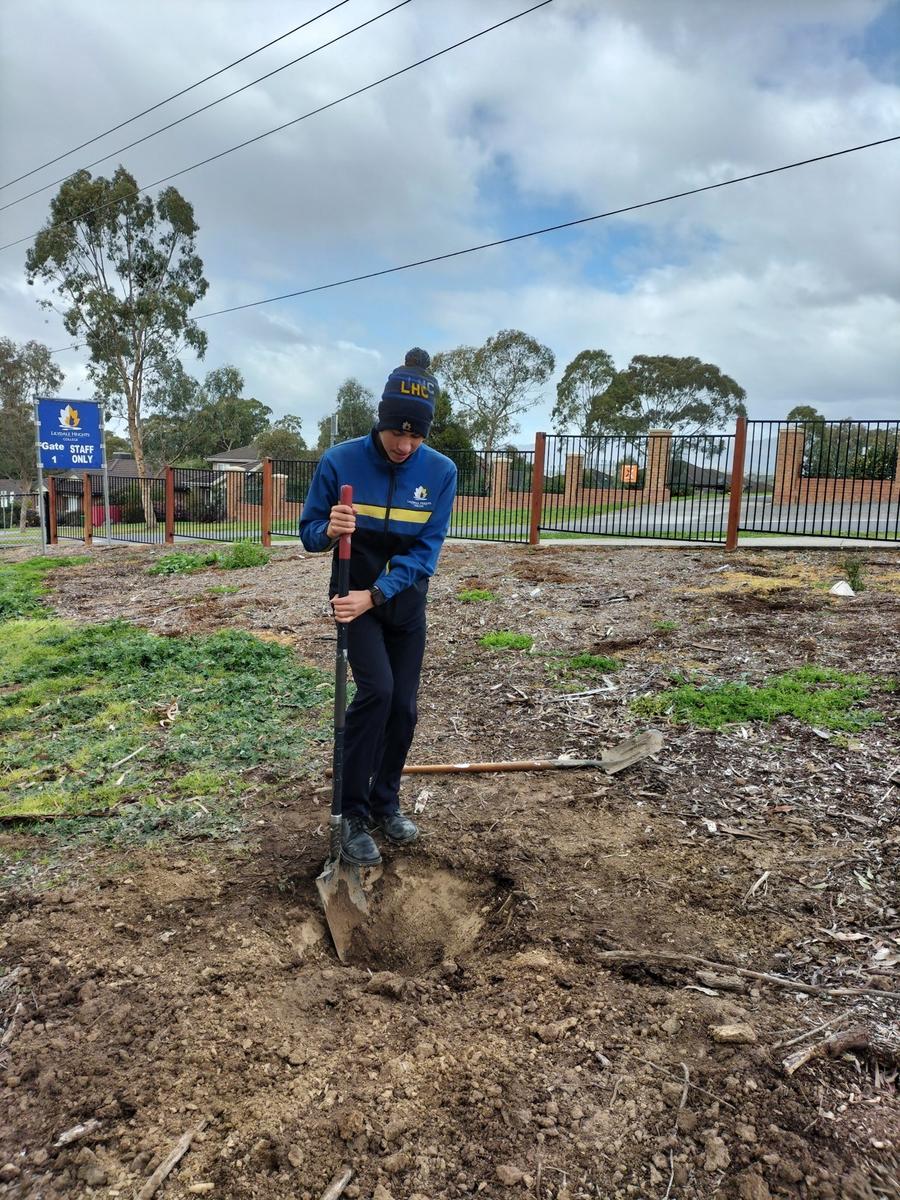
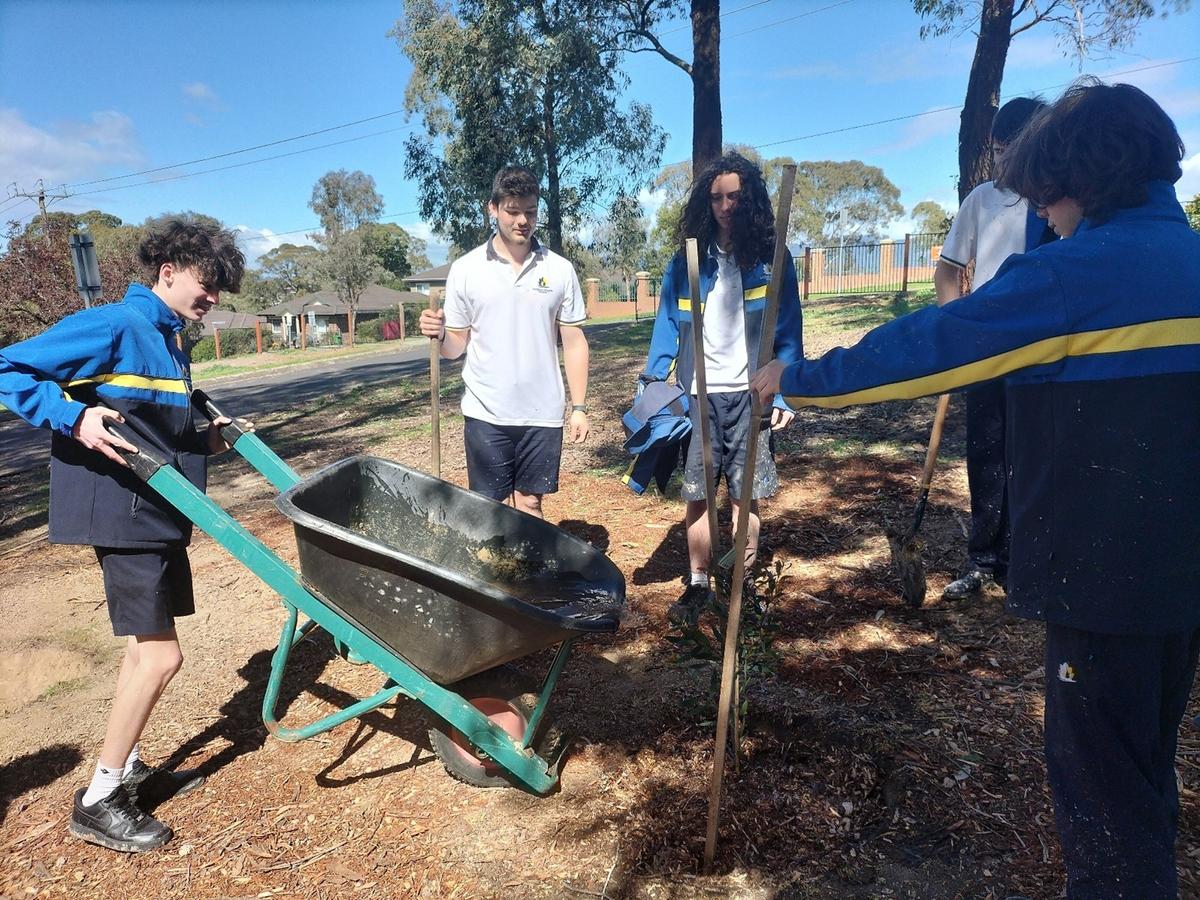
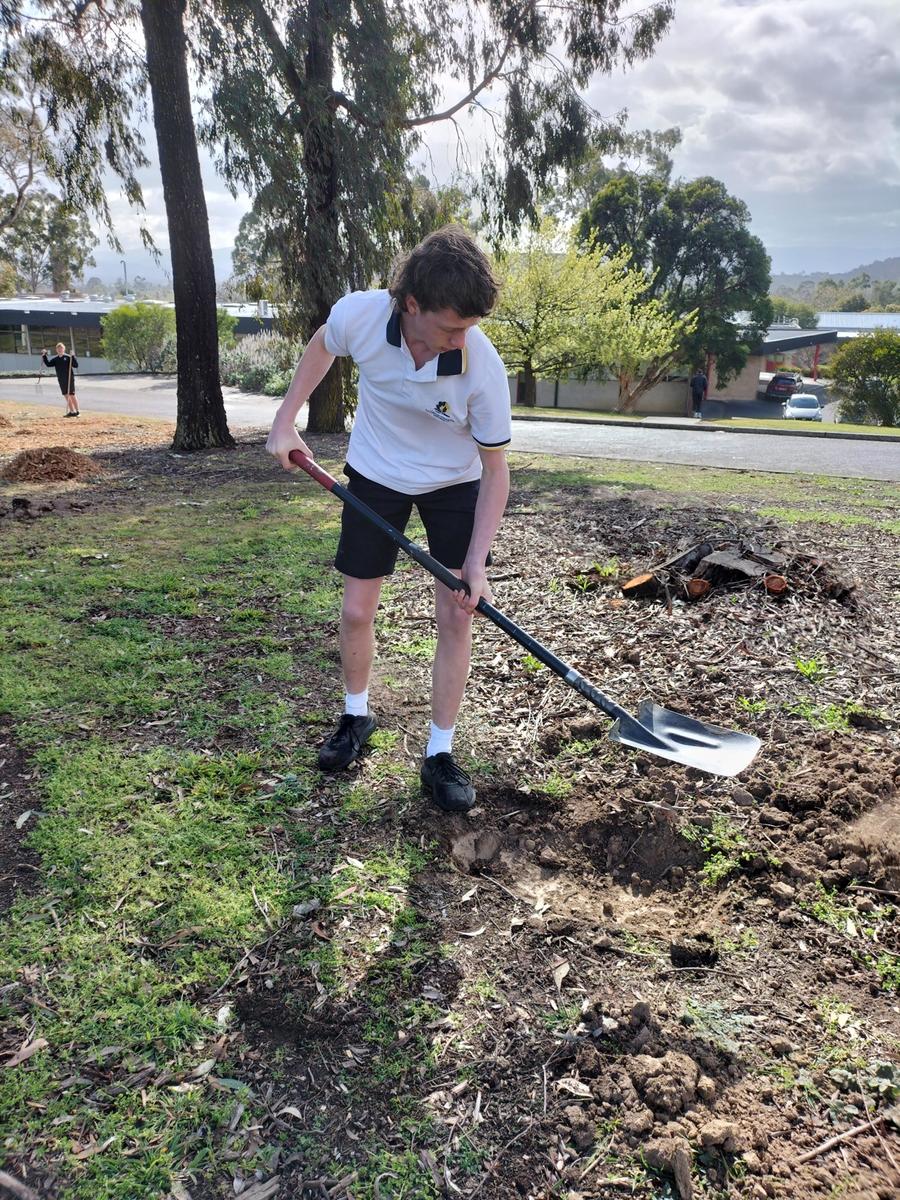
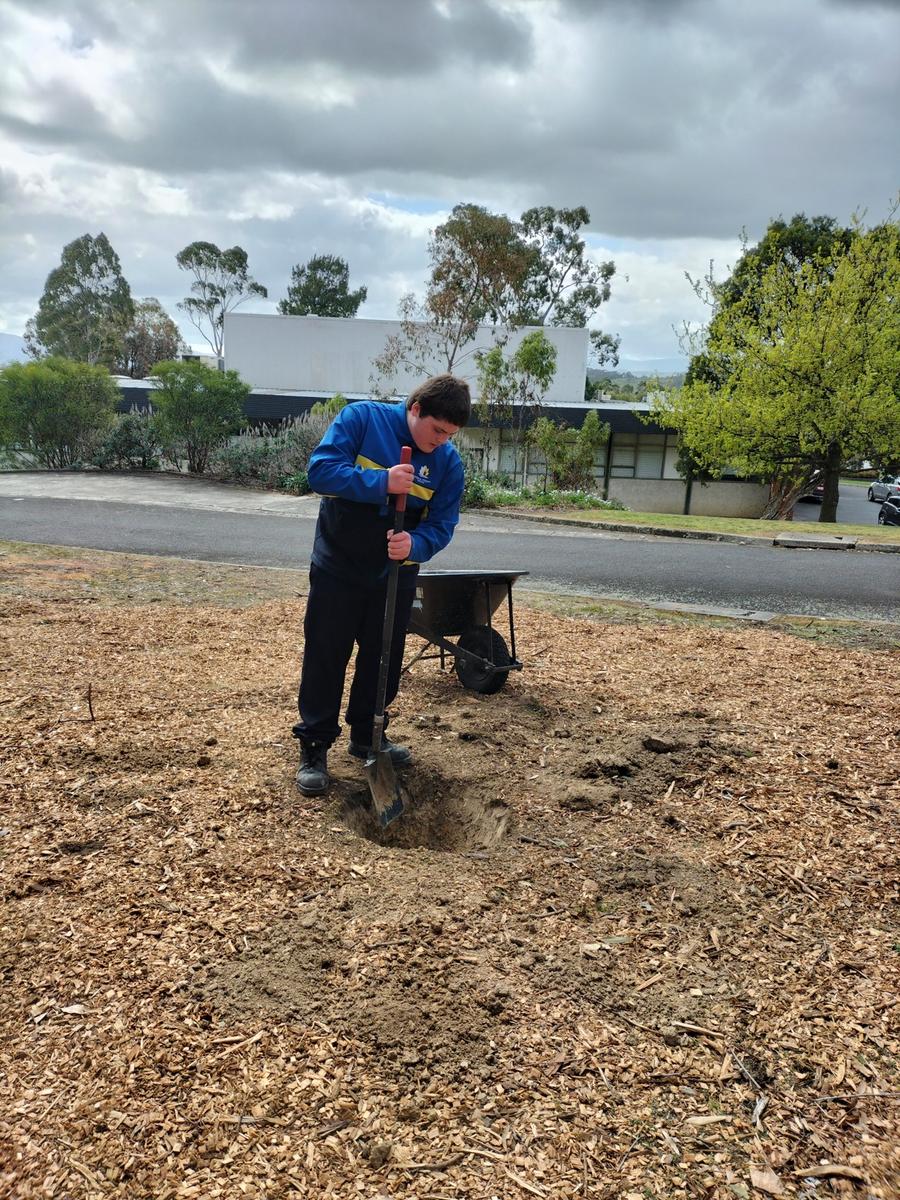
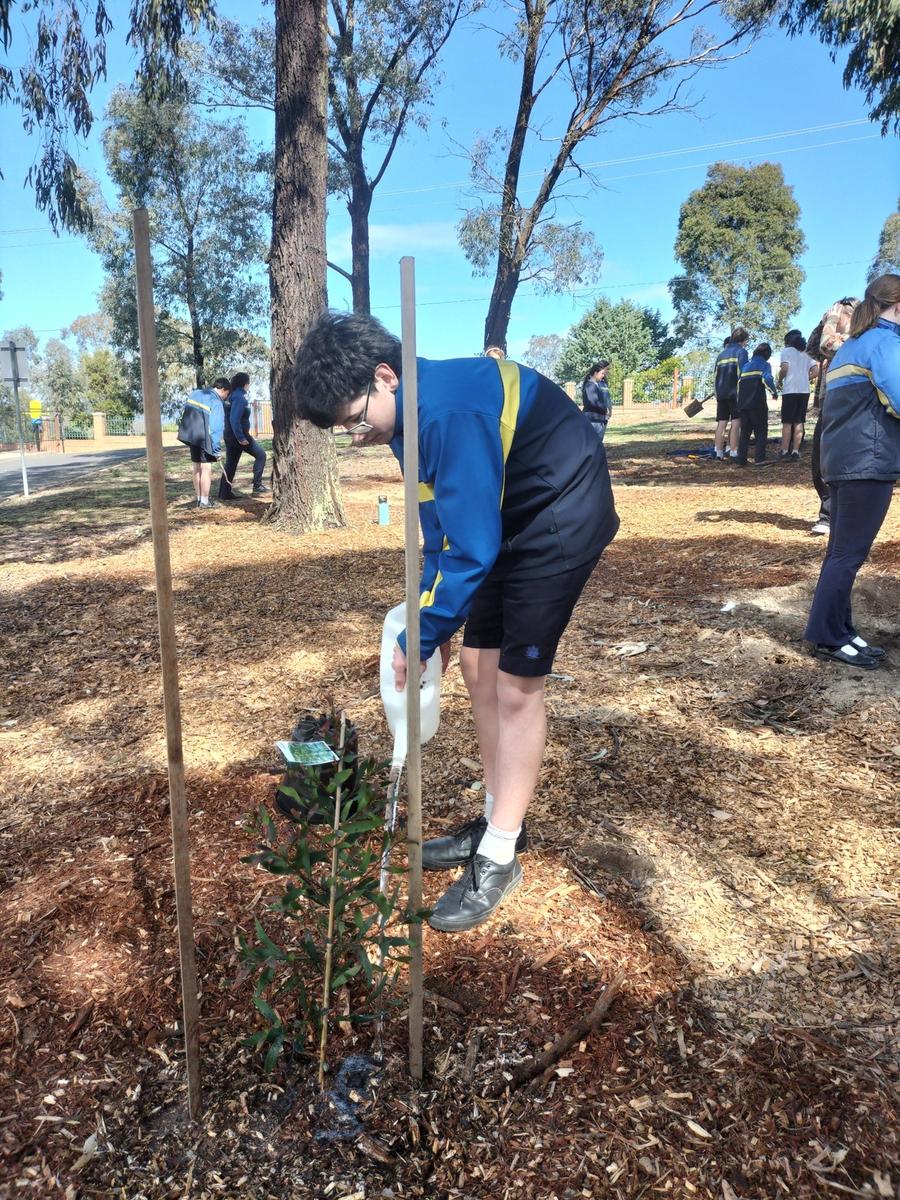
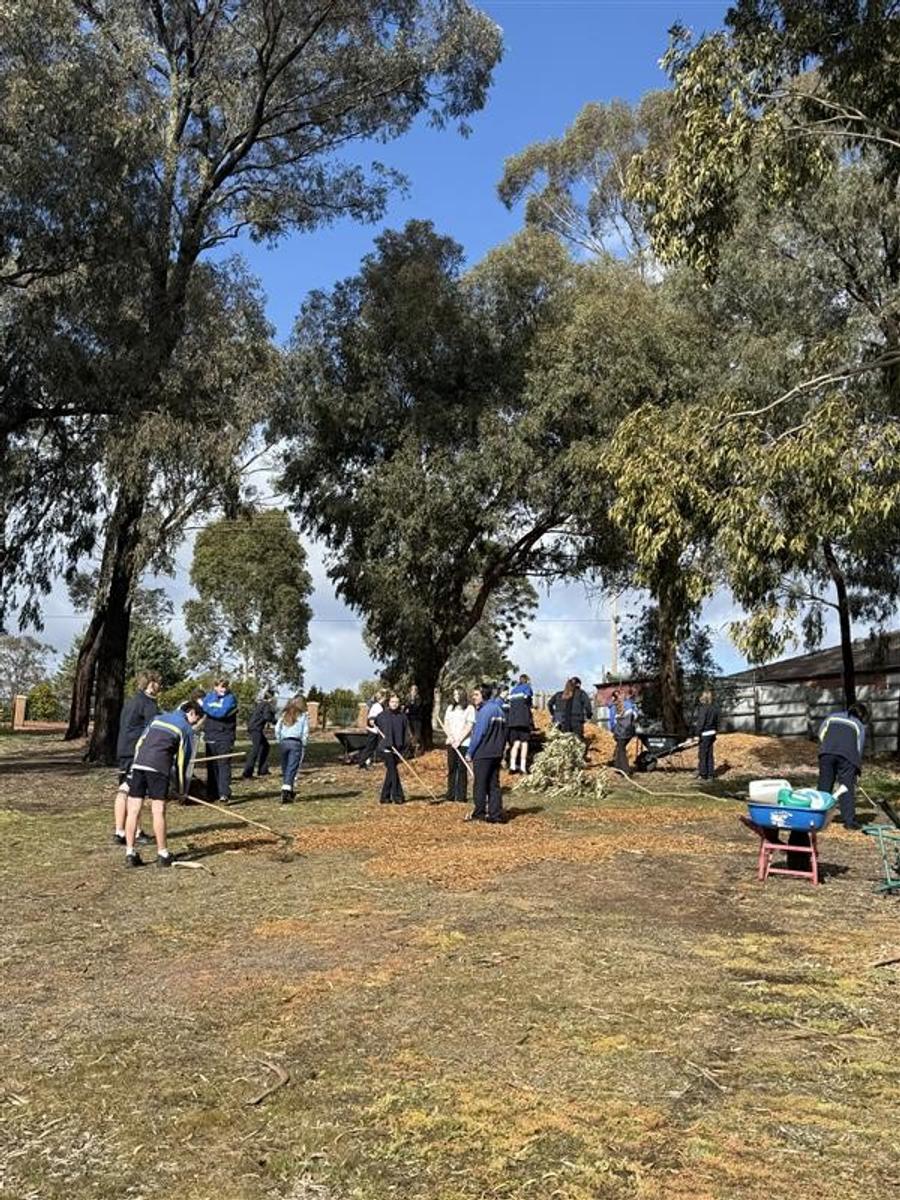
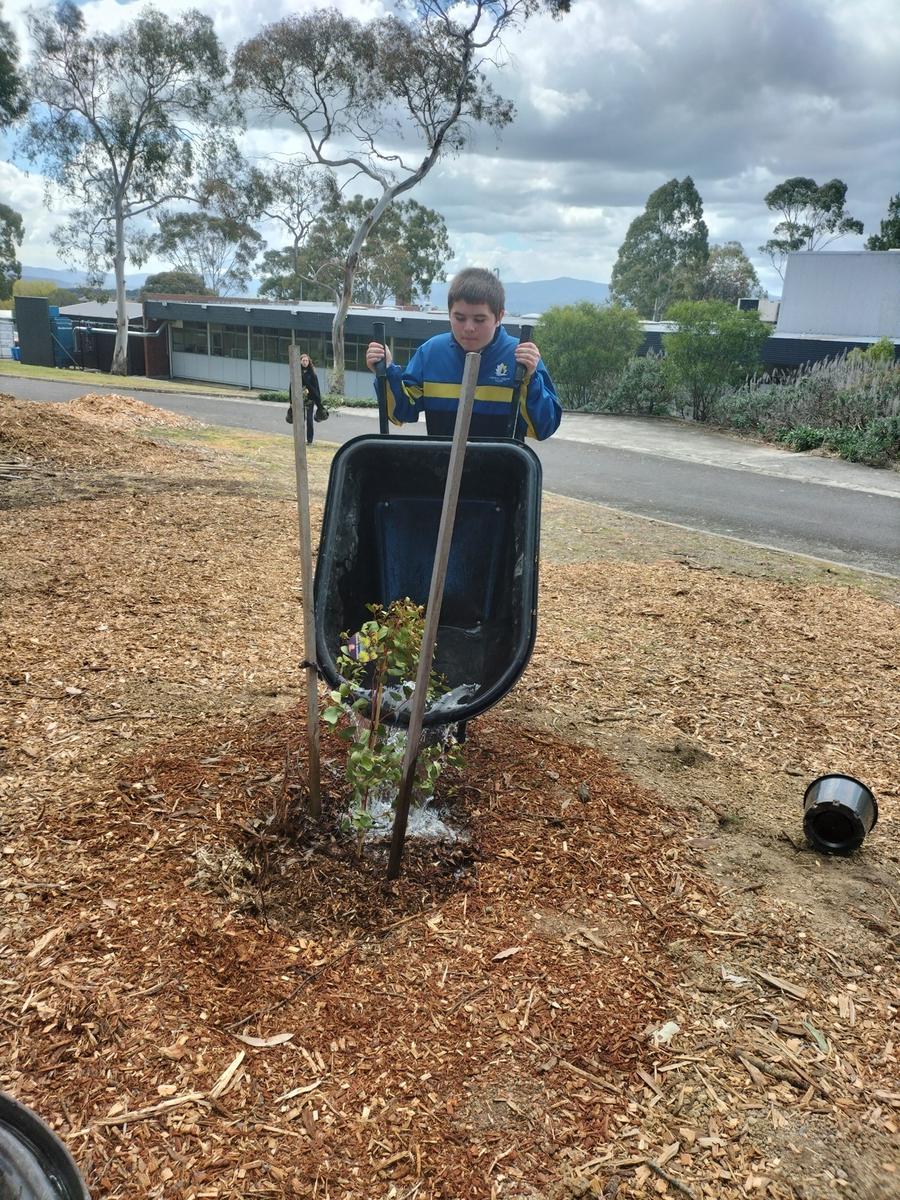
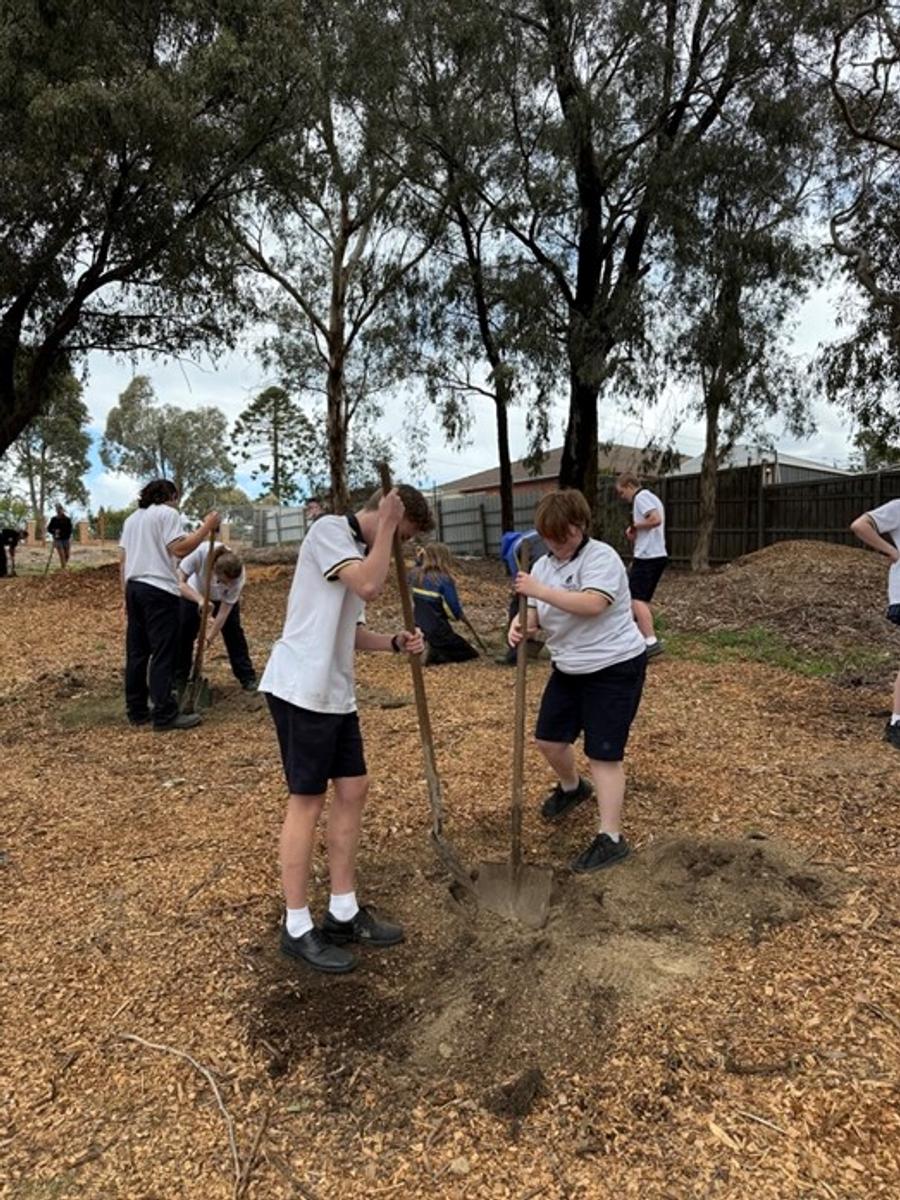
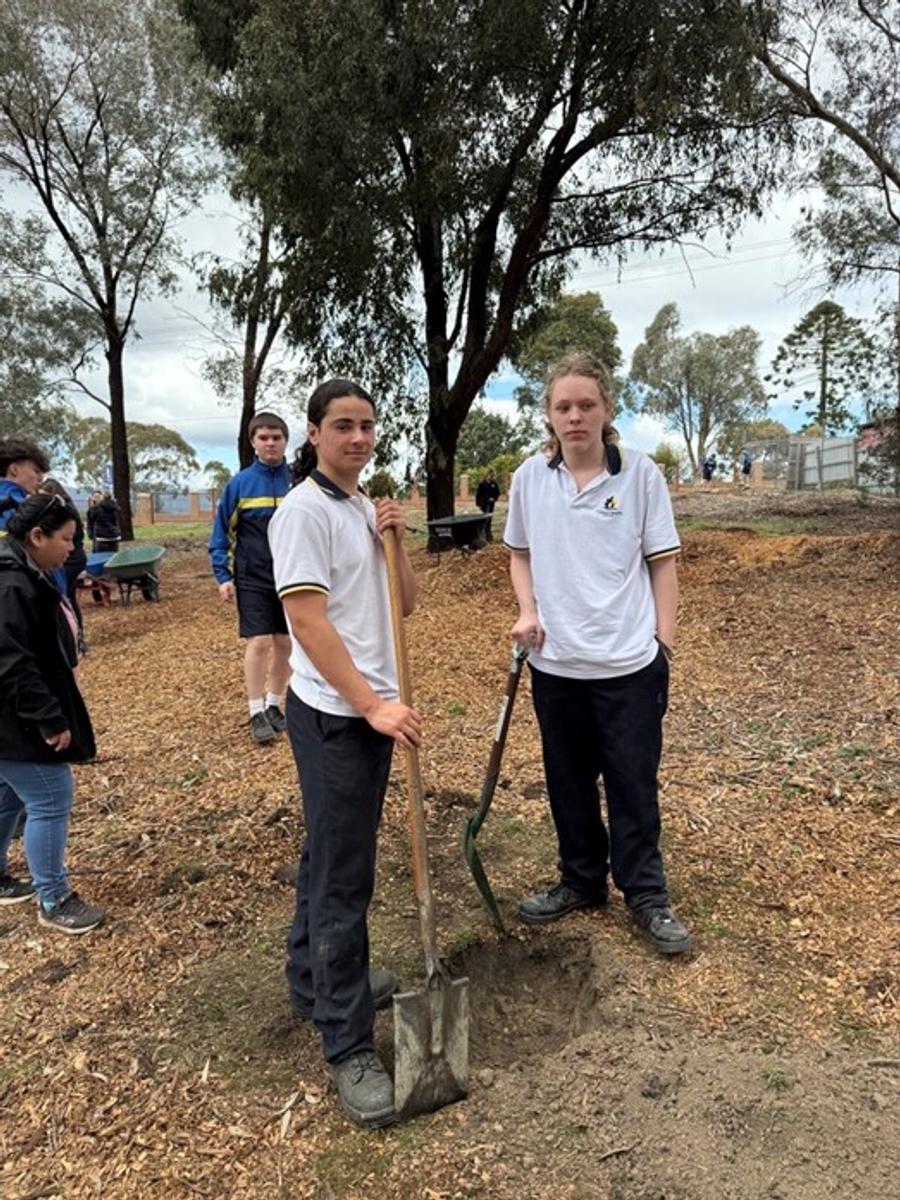
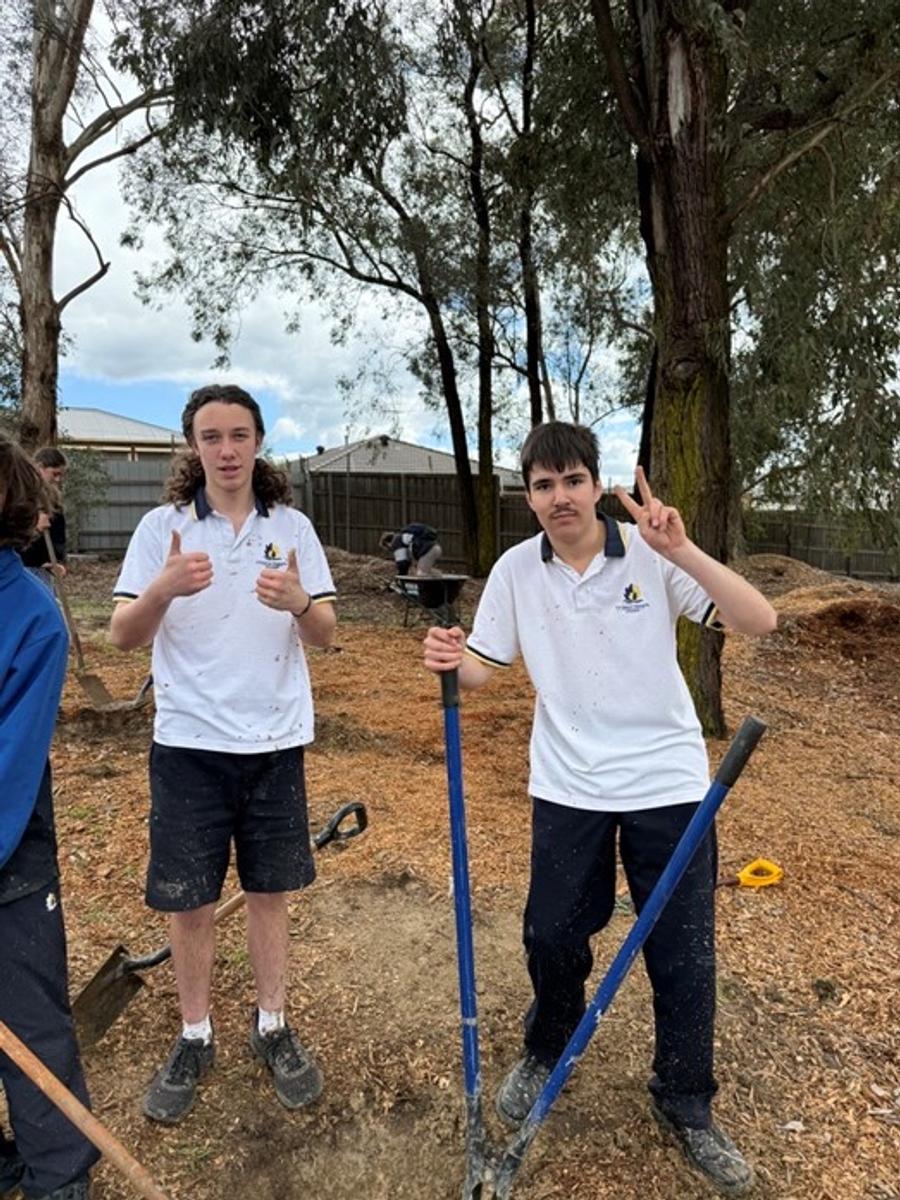
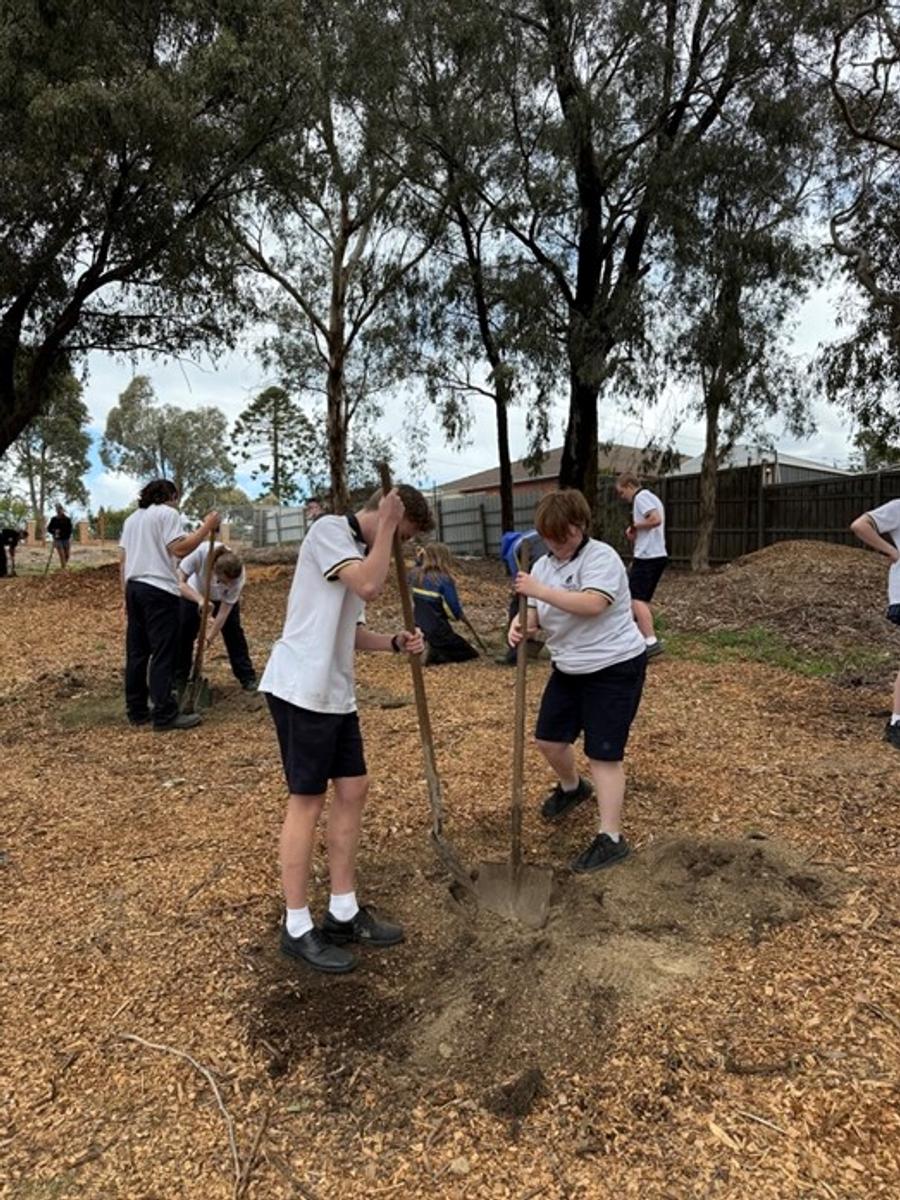
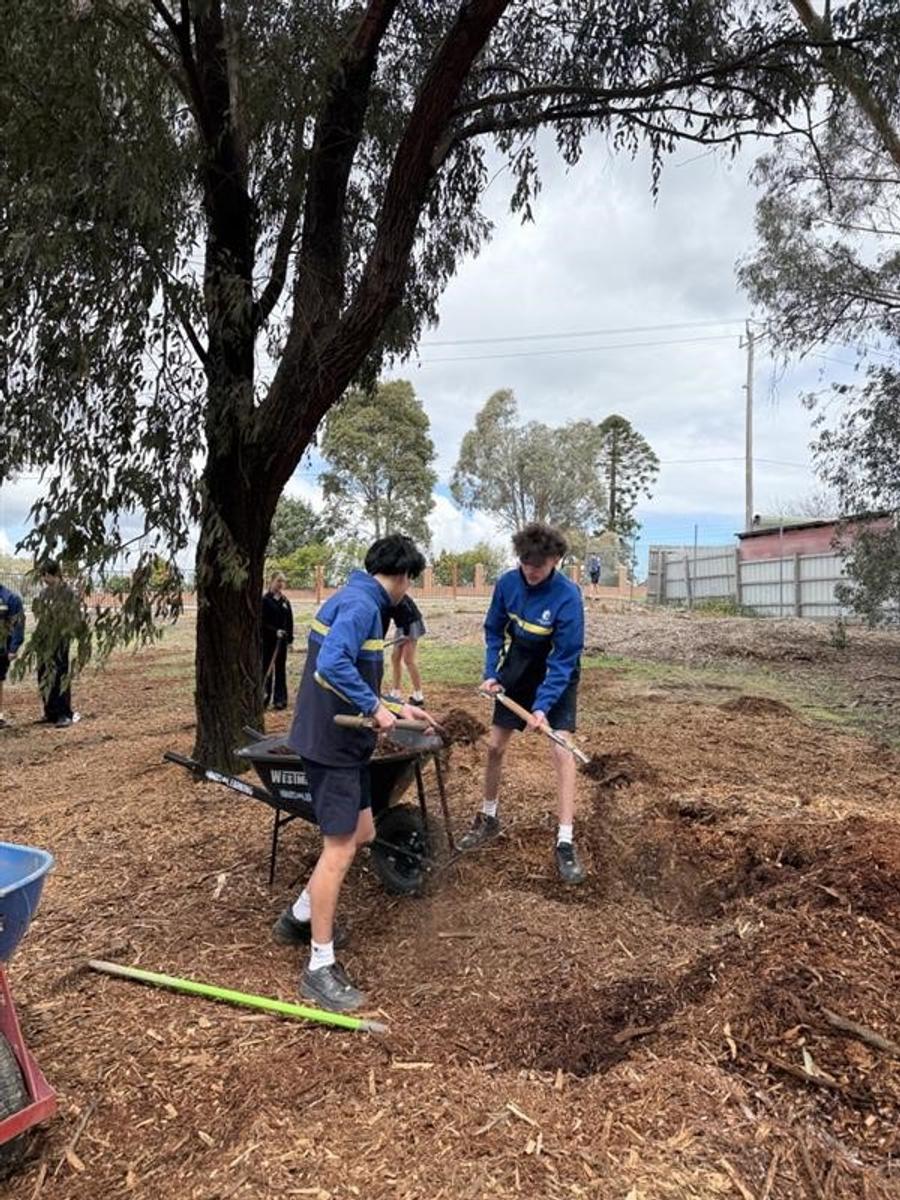












What’s happening with the CDS bins?
The CDS bins have taken a little bit longer to roll out than originally anticipated. This is mainly due to time constraints and getting the bins ready. Preparing these bins for long-term use requires significant time and effort. Each bin had to firstly be assembled. They then needed holes drilled in the bottom for proper drainage. Additionally, rubber rosettes were individually cut and riveted into each bin using eight separate rivets and washers. A cost-effective method for locking and unlocking the bins was also developed. All of these tasks were completed independently due to the very high cost of purchasing pre-made options. Our final step now, apart from aesthetics, is to secure the bins to structures around the school. The Sus Club has also been making posters which will have been printed out and will be put up around the school. The bins should be available for use by Term 4 this year, and hopefully for many years into the future. We thank you for your patience with the roll out of the CDS bins and look forward to receiving many donations once they’re out there.
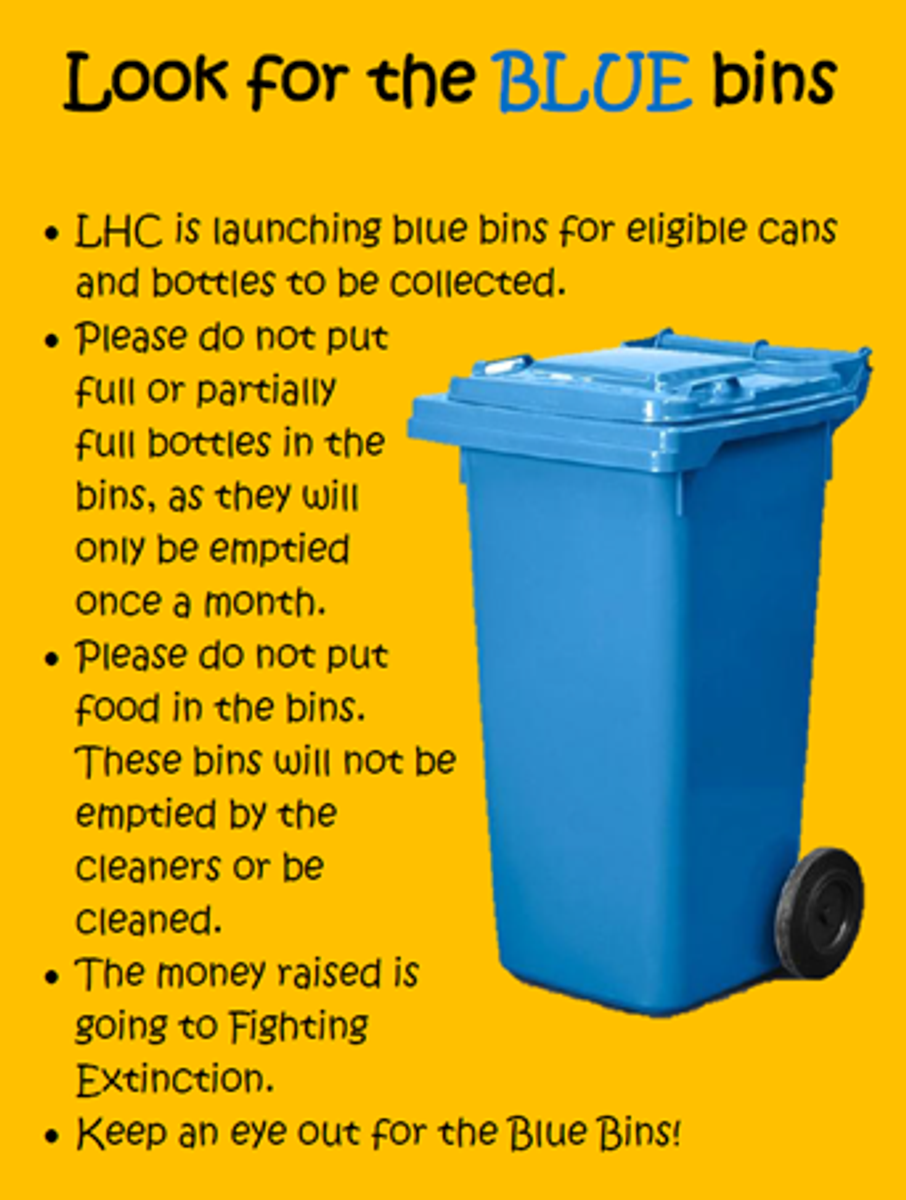
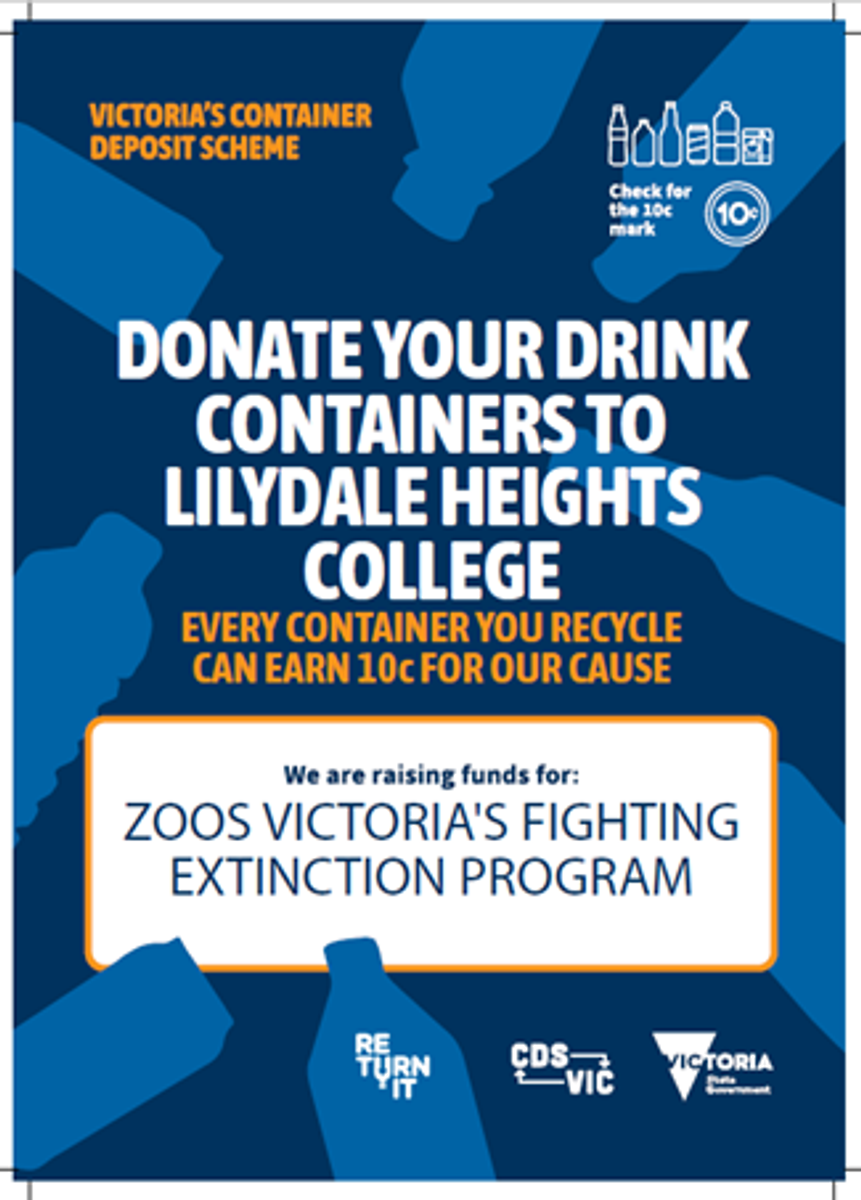
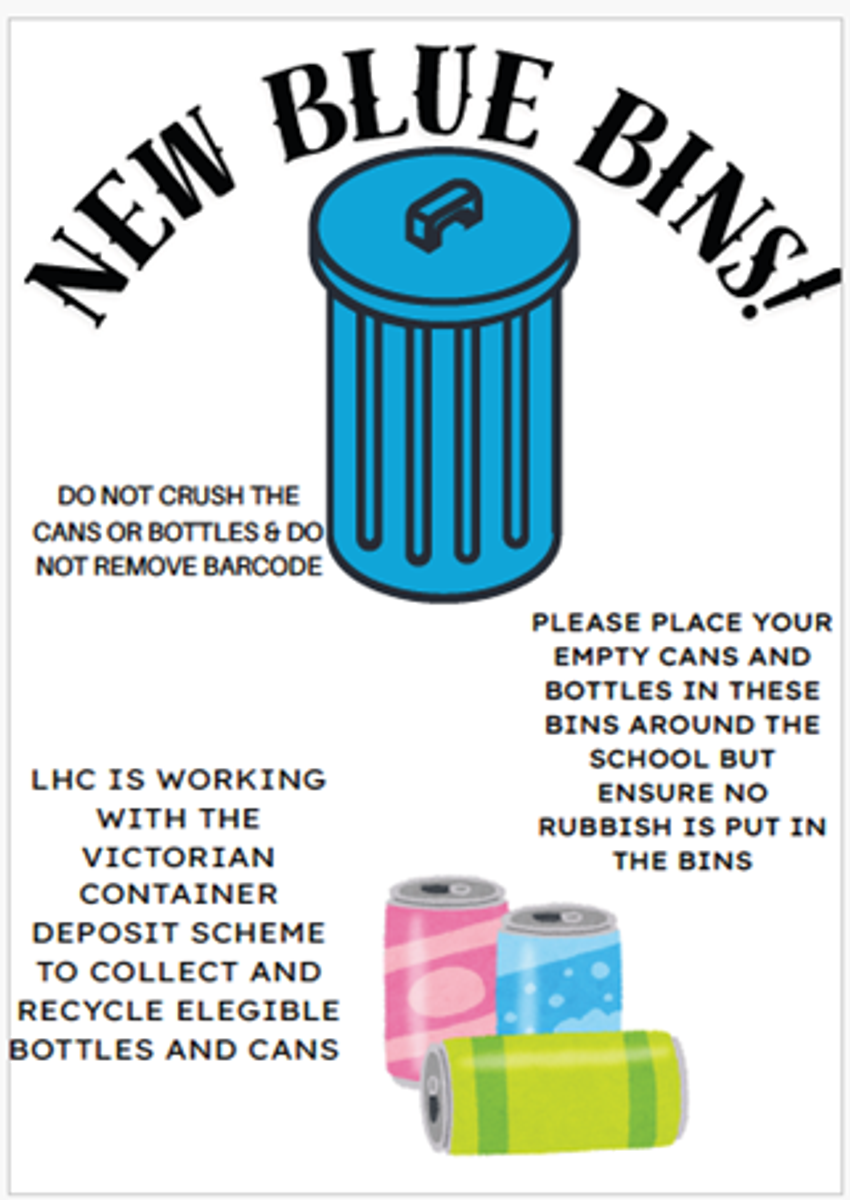



We want to remind everyone again, that there is nothing stopping you from collecting your empty, eligible containers and bringing them into the school in a box or bag, or by donating them at a collection point using our code:


What happens to all the money from the CDS bins?
All the donations raised from the CDS bins will go to Zoos Victoria’s Fighting Extinction Program.
Why them?
Did you know that as well as being a ResourceSmart School (RSS), LHC is also Zoos Victoria Fighting Extinction School (FES)? While RSS focuses on a whole-school approach to sustainability in general, the FES program provides a direct pathway for schools to engage with wildlife conservation and climate change action. By implementing both RSS and FES into our curriculum, we can provide our students with a more comprehensive sustainability education, covering both operational sustainability and direct action for wildlife. The CDS bins at school is an example of this direct action for wildlife because funds raised are used for breeding and recovery programs, research projects, habitat restoration, and veterinary care for the 27 most endangered species of animals in Victoria.
So who won all those competitions you were running?
Yes! We have not forgotten the winners from the competitions ran over Suscience week! Interestingly, Mrs Sargeant actually won two out of three of the competitions – but since she clearly possess some superhuman ability when it comes to matters of earth and nature, and because she’s taking a very well-earned break, the Sus Club will consider the runners-up as winners. The lead up to this newsletter has been a bit hectic, and one of our winners was out on camp, so we’ll award prizes next term when we get back.
The Solar Car Challenge: Emma Woods
The “Guess how many CDS containers we recycled this month?” Competition: Paige Stanton
The “Whose name will we pick out of the CDS bin?” Competition:Charlie Day
Here is a picture of Kai, who was randomly chosen from the yard at lunchtime, to pick out a bottle from one of our CDS bins.
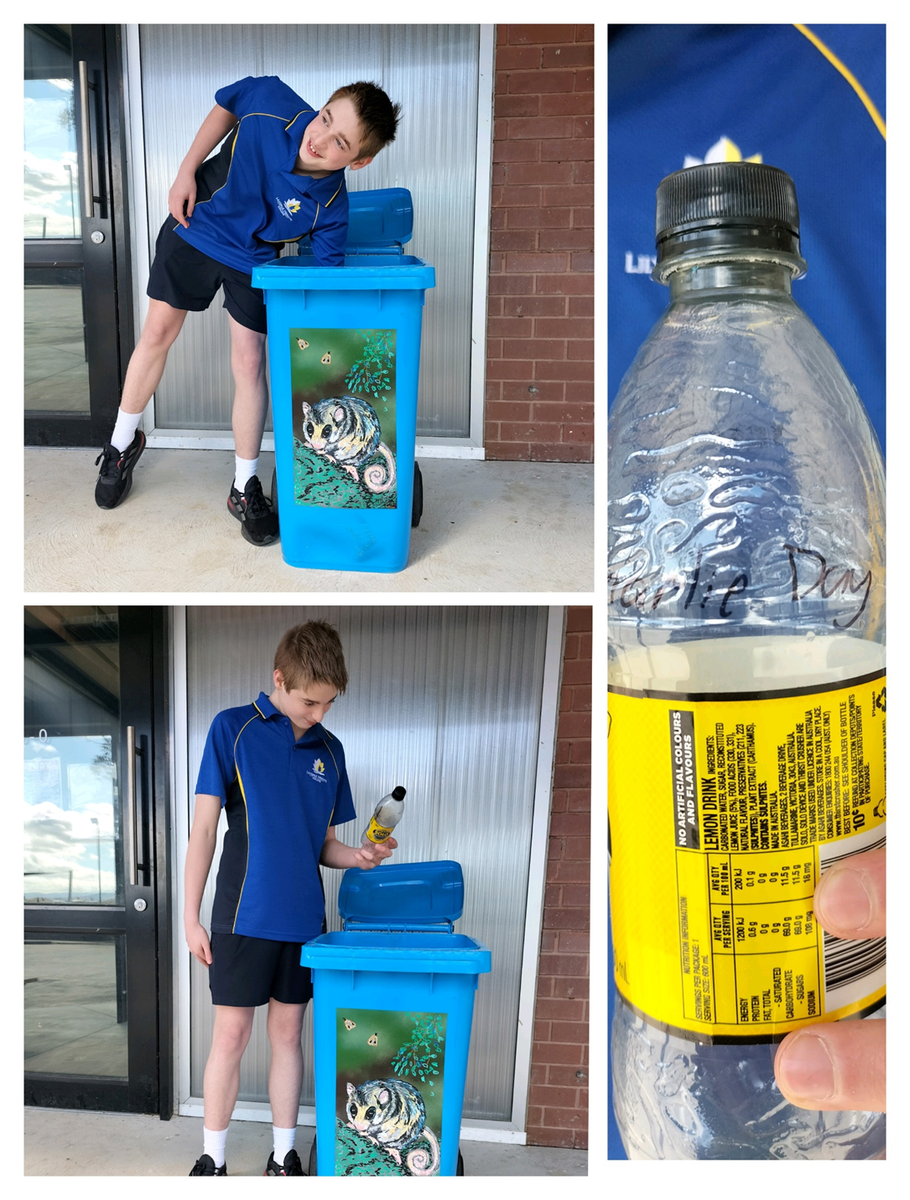

You guys sound like you’ve been busy?
We certainly have! To wrap up the term, we’ve audited our waste at the school to work out how much we’re wasting, where it’s coming from and where it’s going, so as to better manage it.
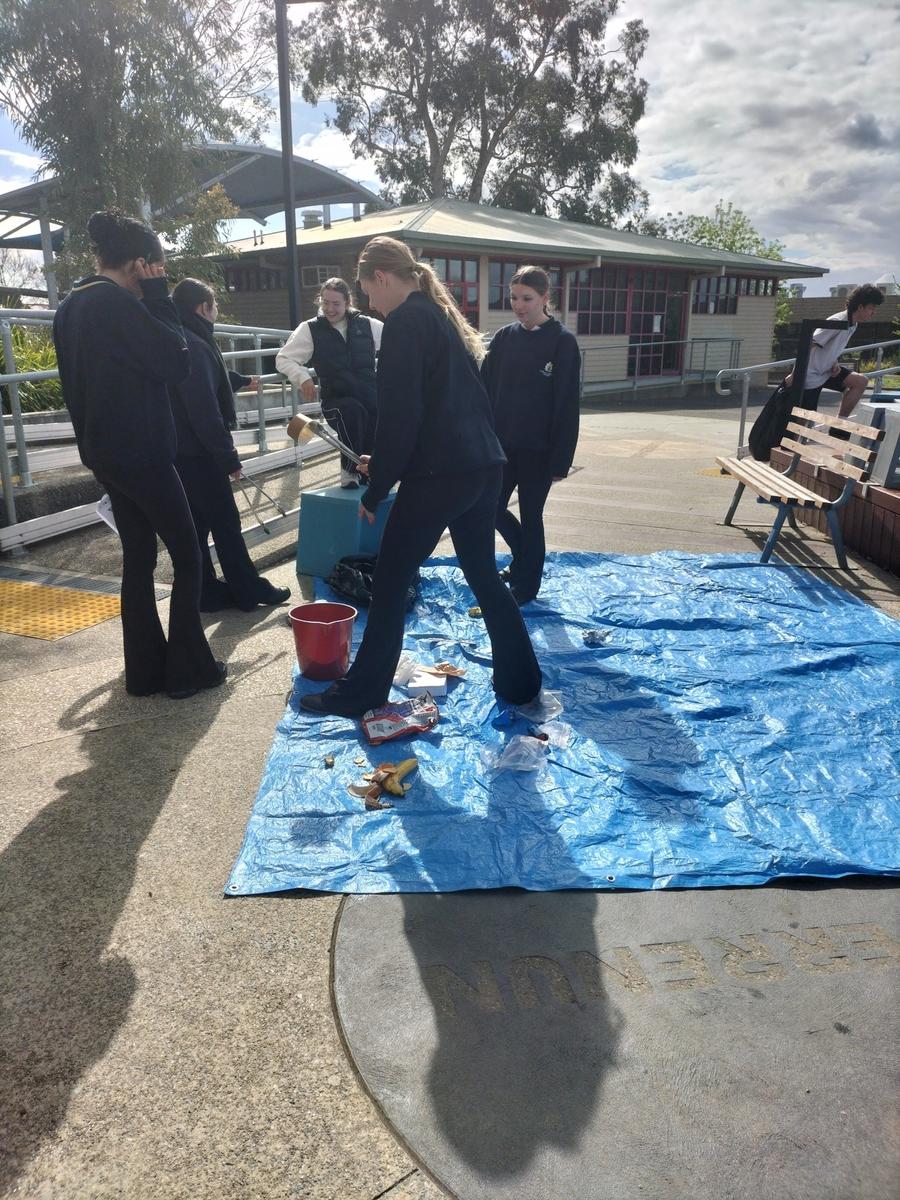
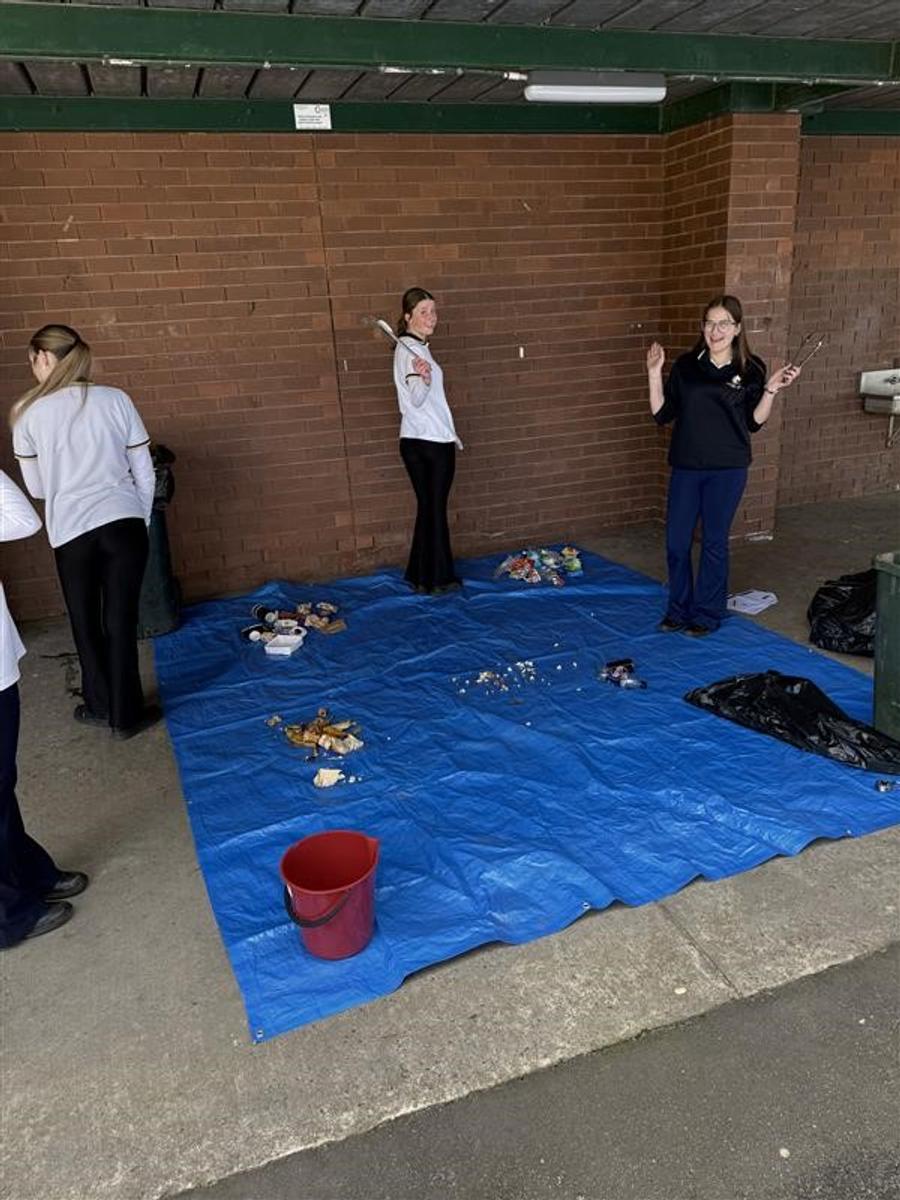


What’s next?
Our Second-Hand Market Stall! The Sus Club will be running an op-shop style stall at the Lilydale Rotary Club Produce and Craft Market at the Yarra Ranges Council car park on Sunday 2nd November 2025. We’re looking for any pre-loved clothes in good, clean condition that we can sell at our market. If you have some that you can donate, please bring them to the school and pass them to Ms Lim at the SHUB where they will be sorted and sold at the market. All proceeds from the market stall will go towards the purchase of more plants for our Carbon Sink project.
